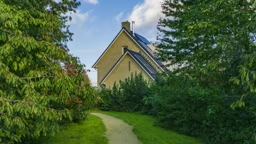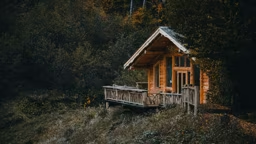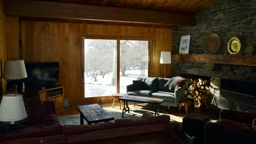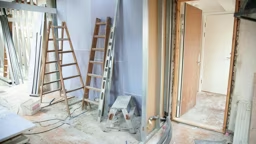Q: In the past, we have used our camp in winter without a problem, but last winter we had some early, severe cold and barely any snow cover. So, our septic tank froze, and the ensuing backup was quite a mess! Are less-used systems more prone to freeze up? Some of our neighbors recommend covering the tanks and drainfield with piles of straw or hay; will that prevent the system from freezing? – Eric Driver; via e-mail
A: Variable septic use in winter will make the system more likely to freeze, as there isn’t enough sewage and/or wastewater entering the system on a regular basis to keep the system warm and flowing. And your neighbors are right: Adding an 8- to 12-inch layer of mulch, leaves, straw or hay over your pipes, tank and drainfield areas is one of the most important things you can do to lessen the chances of freezing – especially during a winter when there is little snow cover. The insulation makes a big difference.
There are several other preventative measures too:
Fix leaky plumbing fixtures or appliances. A small flow of water can freeze in your sewer pipe, eventually blocking the entire pipe and causing a backup.
Likewise, ensure that high-efficiency furnaces drain into your sump well or directly outdoors, and not into the septic. Such furnaces generate a trickle of water that can build up and freeze in your sewer pipe.
Fix sagging pipes. Since most systems depend on gravity flow, pipes without the proper slope are prone to freezing. Consult your local septic professional if you suspect your pipes are gravity-challenged.
Keep all types of heavy traffic off your system, including snowmobiles and ATVs. This is a good rule all year long, but especially in the winter when compacted snow can lead to a frozen drainfield.
Look into getting a septic heater. It’s something any homeowner can install, and it fits onto either the drop box or tank of a traditional gravity septic system. The set-up differs for a mound system but is still easy to install. You’re looking at $995 for the timer-controlled heater or $1,395 for the fully automatic model.
If you are at your cabin during extreme cold spells and you suspect your system is starting to freeze, use more water – the warmer the better. For example: Do a load of laundry each day, use your dishwasher, or take a hot bath.










